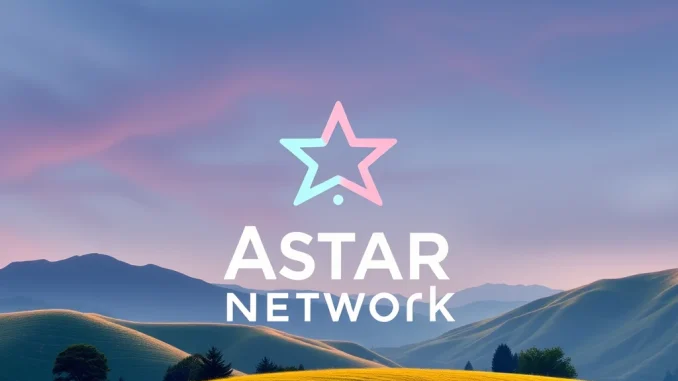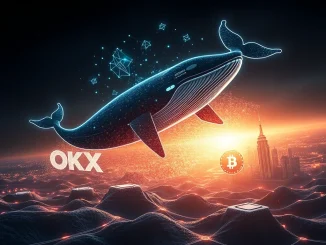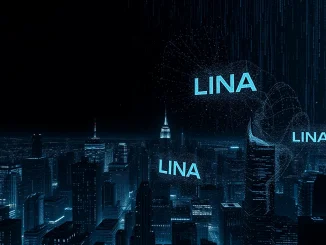
Big news for the Astar Network community! The Astar Foundation recently shared an important update on X (formerly Twitter), announcing a significant proposal: ASTR Tokenomics 3.0. This isn’t just a minor tweak; it’s a comprehensive plan aimed at optimizing the entire ASTR token model for long-term sustainability and growth.
Understanding the Need for ASTR Tokenomics 3.0
Every successful blockchain relies on a well-designed token model. As networks evolve, so too must their underlying economic mechanics. The Astar Foundation’s proposal for ASTR Tokenomics 3.0 comes at a time when many protocols are seeking ways to enhance their token’s value proposition and ensure predictable economics for participants. This upgrade is specifically designed for the ASTR token, addressing key areas identified for improvement.
Key Pillars of the Proposed ASTR Tokenomics 3.0
The core of the ASTR Tokenomics 3.0 proposal revolves around several crucial changes:
Fixing the Maximum Supply: One of the most significant changes is the plan to introduce a fixed maximum supply for the ASTR token. This move aims to create scarcity, which can be a powerful driver for value over time, contrasting with inflationary models.
Tapering Emissions and Protocol-Owned Liquidity (POL): The proposal includes a strategy to gradually reduce the rate of new ASTR token emissions. This tapering, alongside a reduction in protocol-owned liquidity incentives, is intended to slow down the increase in circulating supply from these sources.
Stabilizing dApp Staking APR: A key feature of Astar Network is its dApp staking model, which allows users to stake ASTR on their favorite dApps. The tokenomics 3.0 proposal seeks to stabilize the Annual Percentage Rate (APR) for dApp staking. The target is an APR of around 11%-14% over a two-year period, assuming a 50% staking rate. This stability provides more predictability for stakers.
Implementing Fee Burning: In a direct effort to reduce the circulating supply of ASTR, the proposal suggests burning 50% of all network fees generated on the Astar Network. This deflationary mechanism removes tokens from circulation permanently, potentially offsetting some of the new emissions.
Why These Changes Matter for the ASTR Token Model
These proposed changes are not random; they are strategic steps towards significant blockchain optimization. Fixing the supply and burning fees introduce deflationary pressures, potentially increasing the value of each ASTR token over time, assuming consistent demand. Tapering emissions helps manage the rate at which new tokens enter the market. Meanwhile, stabilizing the dApp staking APR makes participation in the network’s core mechanism more attractive and predictable for users. This comprehensive approach to the ASTR tokenomics aims to build a more robust and sustainable economic engine for the Astar Network ecosystem.
What’s Next for Astar Network and ASTR Holders?
This proposal marks the beginning of a potentially transformative phase for Astar Network. While the announcement details the core ideas behind ASTR Tokenomics 3.0, it is a proposal from the Astar Foundation. The next steps will likely involve community discussion, feedback, and potentially a governance vote to approve these significant changes to the ASTR token model. For ASTR token holders and participants in the Astar Network ecosystem, staying informed and engaging with the community discussion will be crucial as this proposal moves forward.
Conclusion: A Bold Step Towards Blockchain Optimization
The Astar Foundation’s proposal for ASTR Tokenomics 3.0 represents a bold move towards optimizing the ASTR token model. By addressing supply dynamics through fixing the cap and burning fees, managing inflation via tapering emissions, and enhancing utility through stable dApp staking rewards, the Astar Network is laying the groundwork for a more sustainable and potentially more valuable future for the ASTR token. This focus on long-term blockchain optimization is a positive signal for the network’s continued development and its place in the competitive crypto landscape.



